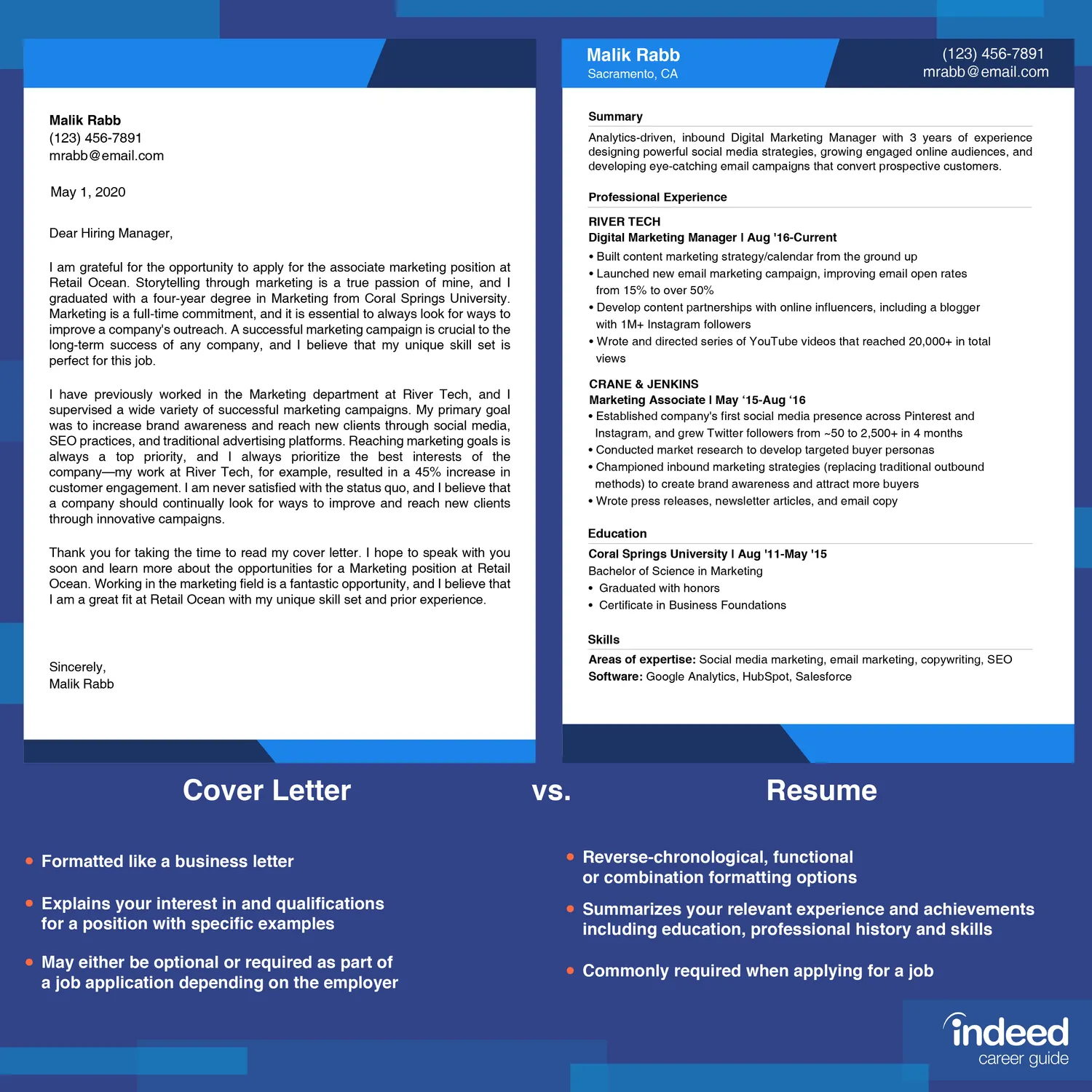Understanding the Cover Letter’s Purpose
A cover letter serves as your introduction to a potential employer, acting as more than just a formality; it’s a critical tool for showcasing your personality, skills, and how they align with the specific job and the company’s values. It provides an opportunity to elaborate on the experiences and qualifications summarized in your resume, allowing you to tell a more compelling story about why you are the ideal candidate. A well-crafted cover letter can significantly increase your chances of securing an interview, as it demonstrates your genuine interest and proactive approach to the application process. By taking the time to write a personalized cover letter, you show potential employers that you are serious about the opportunity and have taken the initiative to understand their needs. The goal is to capture the reader’s attention from the start and encourage them to delve deeper into your qualifications and consider you for the role.
Why Cover Letters Matter
In today’s competitive job market, a cover letter is a valuable asset. Many hiring managers consider a cover letter essential, using it to assess communication skills, writing ability, and the candidate’s understanding of the role and the company. It demonstrates your proactive approach and provides context that a resume alone cannot provide. A cover letter allows you to personalize your application, showing that you’ve taken the time to research the company and tailor your pitch to their specific needs. It’s also an opportunity to address any gaps in your resume, such as career changes or periods of unemployment, in a positive and strategic manner. By explaining these situations, you can provide context, demonstrating resilience and growth. A well-written cover letter reflects professionalism, attention to detail, and a genuine interest in the position, making it an indispensable part of the job application process.
Highlighting Your Value Proposition
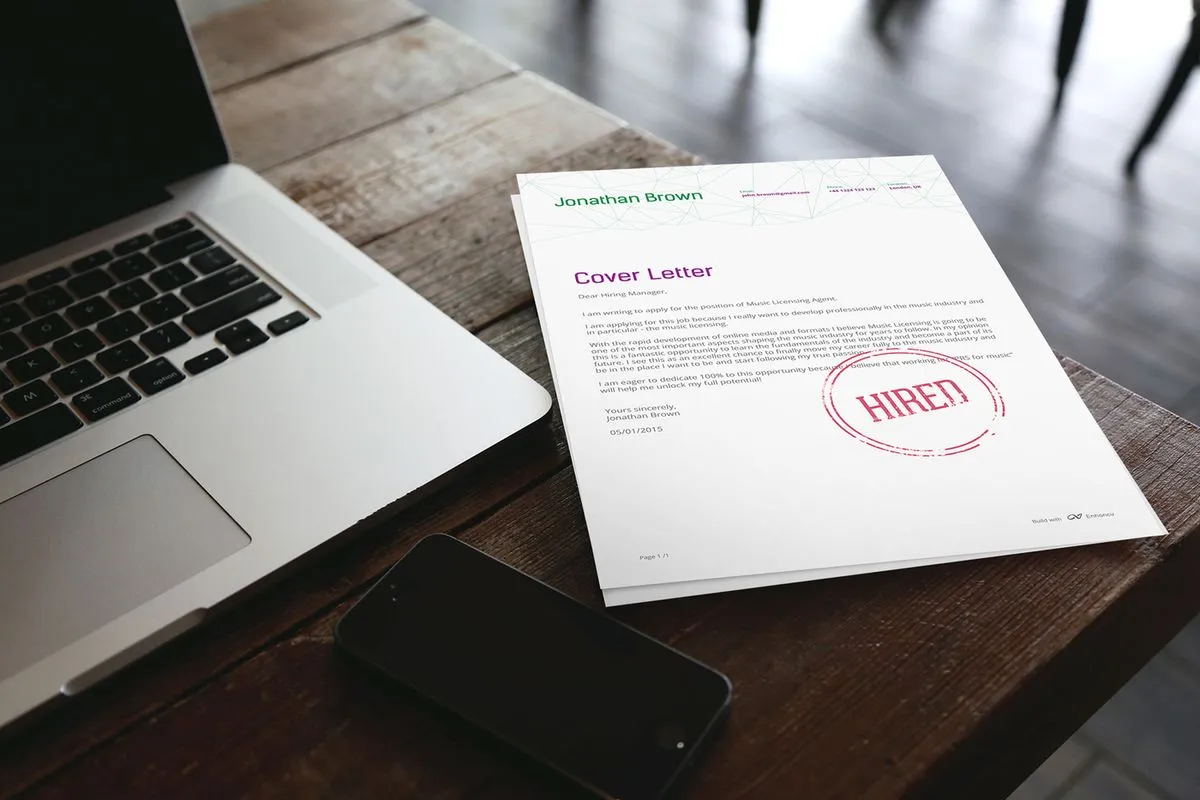
A cover letter is your chance to make a memorable first impression by highlighting your value proposition – what you uniquely bring to the table. This involves clearly articulating your skills, experiences, and how they align with the job requirements and the company’s objectives. Consider what makes you stand out from other candidates and how your specific experiences directly relate to the role. Provide concrete examples of your accomplishments and how you’ve delivered results in previous roles. Emphasize the benefits you can bring to the company, such as increased efficiency, innovation, or problem-solving abilities. By focusing on your value proposition, you convince the employer that you are not just qualified, but the best candidate for the job, capable of making a significant contribution from day one. This will set you apart from other candidates and increase your chances of getting an interview.
Key Components of an Outstanding Cover Letter
Contact Information and Date
Start your cover letter with your contact information. Include your full name, address, phone number, and professional email address. This ensures the hiring manager can easily contact you. Add the date below your contact details, formatted correctly. This gives the letter a polished and professional appearance. Ensuring your contact information is up-to-date and easily accessible is a fundamental aspect of a successful application. It highlights your attention to detail and professional approach.
Addressing the Hiring Manager
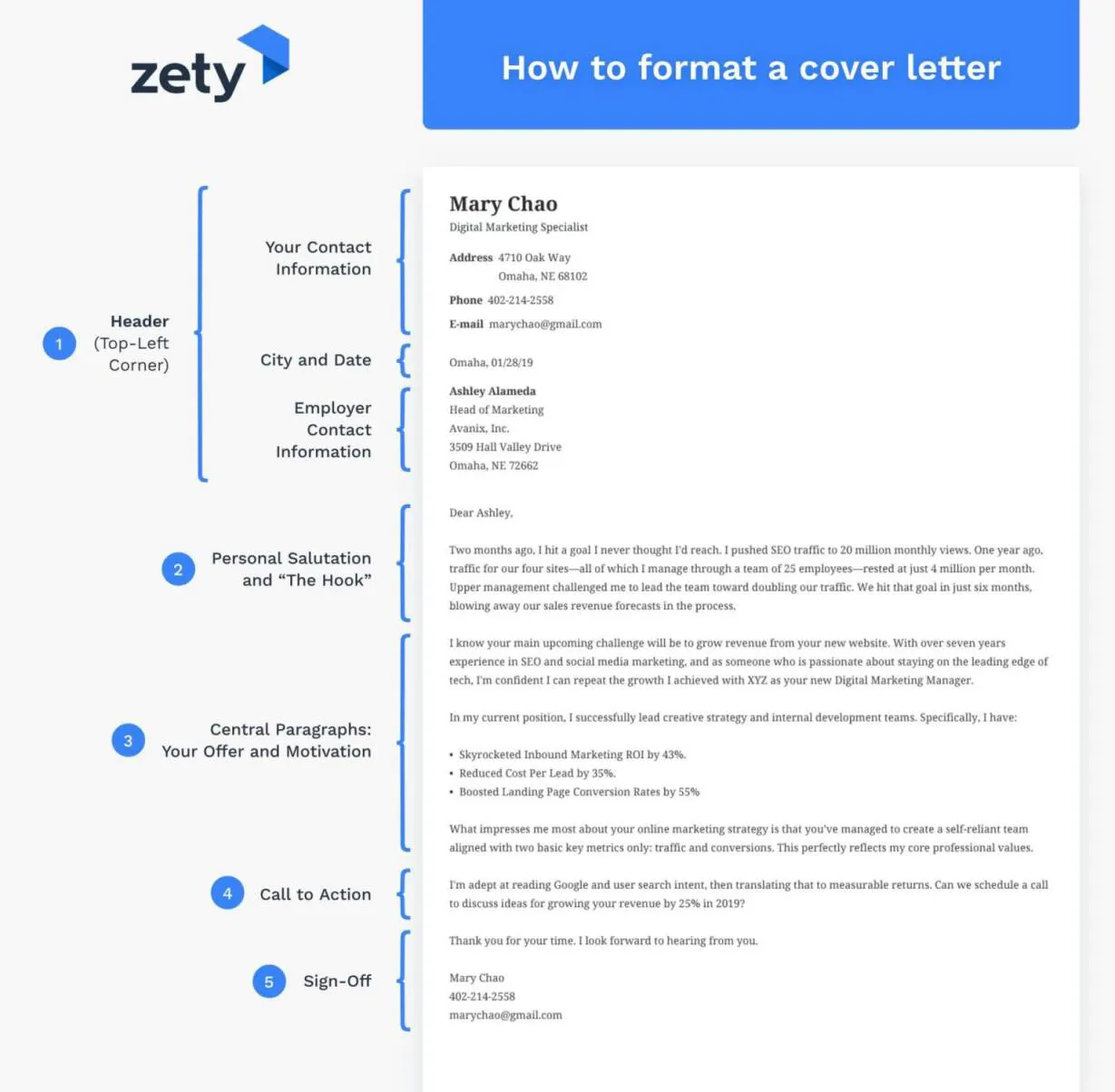
Address your cover letter to the hiring manager by name. Research the company website or LinkedIn to find the appropriate person. If you cannot find a name, using a general greeting like ‘Dear Hiring Manager’ is acceptable. Personalizing your letter shows you’ve taken the time to learn about the company and demonstrate your proactive approach. Addressing the hiring manager directly creates a personal connection, increasing the impact of your application. This small step can set you apart from generic applications and convey genuine interest in the role.
Opening Statement
Your opening statement should immediately capture the reader’s attention. Clearly state the position you are applying for and how you learned about the opportunity. Briefly highlight your most relevant skills or experiences that align with the job requirements, to show why you are an excellent fit for the role. This introduction sets the tone for your cover letter and convinces the hiring manager to continue reading. Start with a concise and engaging statement that demonstrates your enthusiasm and understanding of the company’s needs. A strong opening can immediately distinguish your application from others and make the reader want to know more.
Body Paragraphs
The body of your cover letter is where you provide details about your qualifications. Write several paragraphs that elaborate on your skills, experience, and achievements. Use specific examples to illustrate your capabilities and how they relate to the job requirements. Focus on how you have contributed to past companies and teams, quantifying your achievements whenever possible, such as by including metrics like ‘increased sales by 20%’ or ‘managed a budget of $X’. Show the value you bring to the employer by detailing your key accomplishments. Tailor your content to the specific job description, highlighting the skills and experiences that directly address the position’s needs. This demonstrates you have carefully considered the role and understand what the company is seeking.
Showcasing Your Skills and Experience
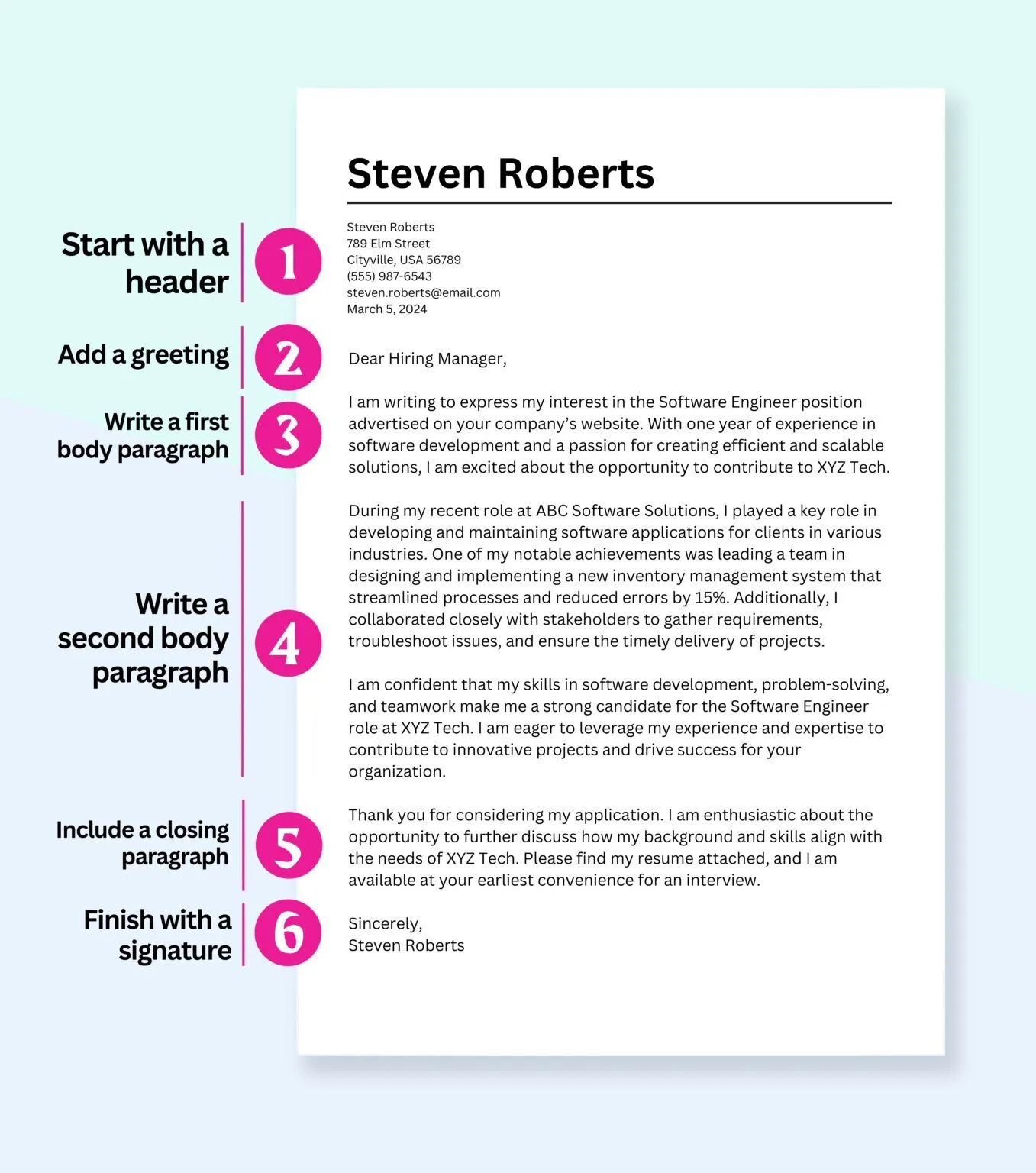
In your body paragraphs, effectively showcase your skills and experience. Instead of simply listing your qualifications, provide context and demonstrate how you have utilized your skills in previous roles. For each skill you mention, include a specific example of a time you successfully applied it, highlighting the positive outcome. This approach helps the employer understand not only what you can do, but how you deliver results in a real-world setting. Use keywords from the job description to demonstrate your understanding of the role and your ability to meet its requirements. This not only boosts your application’s relevance but also helps the hiring manager quickly see the alignment between your qualifications and their needs.
Quantifying Achievements
Use numbers and data to quantify your achievements. Rather than making vague claims, provide specific examples that demonstrate the impact of your work. For instance, when describing project management, mention the budget managed, the number of projects completed, and any cost savings or efficiencies you achieved. When discussing sales or revenue generation, provide metrics such as percentage increases or total revenue earned. By using numbers, you provide tangible evidence of your accomplishments, making your application more credible and memorable. Quantifying achievements allows potential employers to easily understand the value you will bring to their company. This adds weight and helps to differentiate you from candidates who only provide general descriptions of their skills.
Tailoring to the Job Description
Customize your cover letter for each job application by carefully analyzing the job description. Identify the key requirements, skills, and responsibilities. Use this information to tailor your cover letter, highlighting the most relevant aspects of your experience. Clearly demonstrate how your qualifications align with the specific needs of the role. For example, if the job description emphasizes project management skills, highlight your experience leading projects, managing budgets, and ensuring timely delivery. By tailoring your cover letter, you demonstrate that you understand the job and are genuinely interested in the opportunity. This shows the hiring manager that you have taken the time to fully understand the position and its requirements, significantly increasing your chances of moving to the next stage of the hiring process.
Closing the Cover Letter
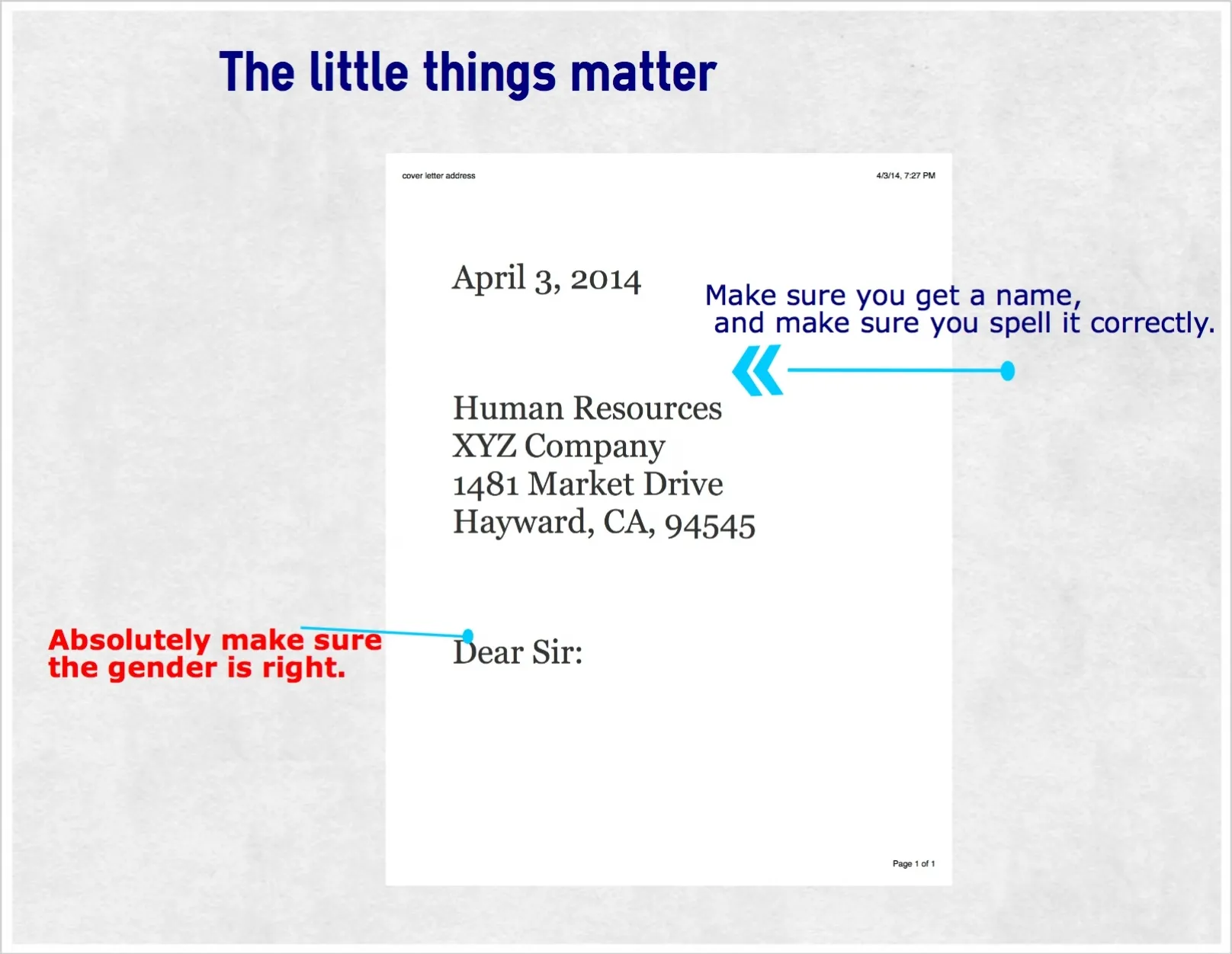
Your closing should restate your interest in the position and summarize the key reasons why you are a strong fit. Briefly reiterate your most relevant skills and experiences that align with the job description. Thank the hiring manager for their time and consideration, and express your enthusiasm for the opportunity. The closing is your last chance to leave a positive impression. Keep it concise and professional, making sure to include a call to action.
Call to Action
Include a clear call to action, such as inviting the hiring manager to review your resume or expressing your availability for an interview. Clearly state that you are looking forward to discussing your qualifications further and that you are eager to contribute to the company’s success. By including a call to action, you make it easy for the employer to take the next step and move forward with your application. This shows your initiative and enthusiasm.
Formal Closing and Signature
Use a formal closing, such as ‘Sincerely’ or ‘Best regards’, followed by your typed name. If you are submitting a physical cover letter, leave space for your handwritten signature above your typed name. This adds a professional touch and demonstrates attention to detail. Make sure your signature is legible and matches the name on your application materials. A proper closing and signature adds credibility to your cover letter, indicating professionalism and respect for the recipient.
Formatting and Style for Impact
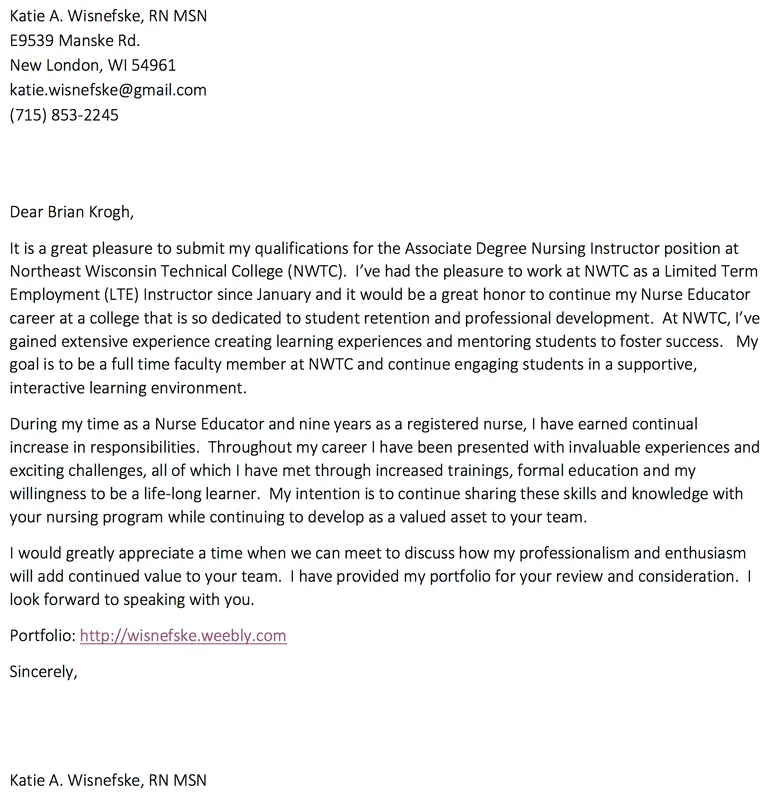
Font Choices and Readability
Choose a professional and readable font, such as Times New Roman, Arial, or Calibri. Ensure the font size is easy to read, typically between 10 and 12 points. Maintain consistent formatting throughout the document, including consistent line spacing and margins. A well-formatted cover letter is easier to read and conveys professionalism. Make sure your font is simple and uncluttered, avoiding overly stylized fonts that can distract from the content. Proper font choices and readability will help hiring managers to focus on your qualifications.
Length and Structure
Keep your cover letter concise, ideally no more than one page. Use clear and concise language, avoiding jargon or overly complex sentences. Structure your cover letter with a clear introduction, body paragraphs, and a conclusion. Each paragraph should focus on a specific point. Organize your thoughts logically to guide the reader through your qualifications and experiences. A well-structured cover letter is easier to read and digest, highlighting the most important points. Using a clear and professional layout ensures your letter leaves a positive impression.
Tone and Language
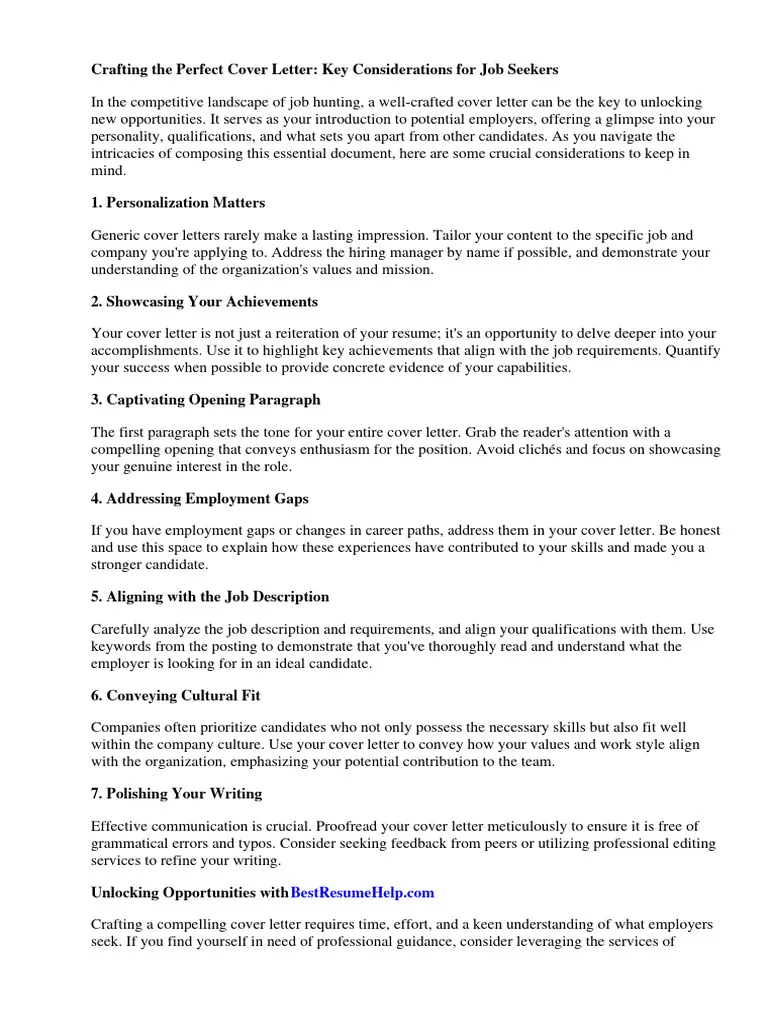
Maintain a professional tone throughout your cover letter. Use formal language and avoid slang or contractions. While being professional, also aim to demonstrate your personality and enthusiasm for the opportunity. Write in an active voice, using action verbs to describe your accomplishments. Tailor your language to match the company culture, while remaining authentic. The right tone conveys your personality, enthusiasm, and attention to detail. Ensure your language is positive and reflects confidence.
Proofreading and Editing
Thoroughly proofread and edit your cover letter before submitting it. Check for spelling, grammar, and punctuation errors. Ensure your sentences are clear and concise. It’s essential to review for any awkward phrasing or typos. Have a friend or colleague review your letter for clarity and accuracy. Proofreading is one of the most important steps in writing a cover letter; it reflects your attention to detail and professionalism. A cover letter with errors can undermine your application and diminish your chances of getting the job.
Common Mistakes to Avoid
Generic Cover Letters
Avoid using generic cover letters that can be used for any job. These letters lack personalization and fail to show your genuine interest in the specific role or company. Tailor each cover letter to the specific job description and the company’s values. Research the company and demonstrate that you understand their needs. Highlighting your relevant skills and experiences for the job will show the hiring manager your focus and serious interest in the opportunity. Generic cover letters are quickly identified and can lead to your application being dismissed.
Typos and Grammatical Errors
Typos and grammatical errors can undermine your credibility and professionalism. Proofread your cover letter carefully, and use spell-check and grammar-check tools. Have a friend or colleague review your letter for any mistakes. A single error can give the impression of carelessness and diminish your chances of securing an interview. Ensuring accuracy reflects your attention to detail and commitment to quality, and significantly impacts your chances for a successful outcome. Review your cover letter as if you were the hiring manager.
Focusing on Yourself Instead of the Employer’s Needs
While it’s important to highlight your skills and experience, avoid making the cover letter all about yourself. Focus on the employer’s needs and how you can contribute to their organization. Research the company and understand their goals. Then, tailor your letter to demonstrate how your skills and experiences align with those goals. A cover letter should show how you can solve the company’s problems, meet their challenges, and help them succeed. It is critical to show that you understand the role and its expectations, demonstrating your value and interest in the company.
